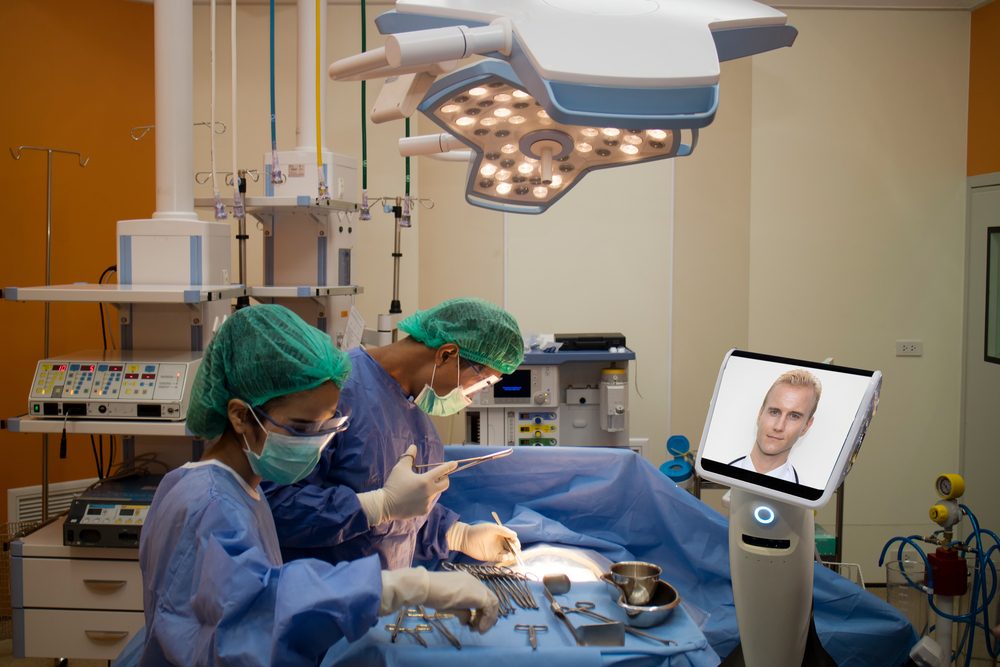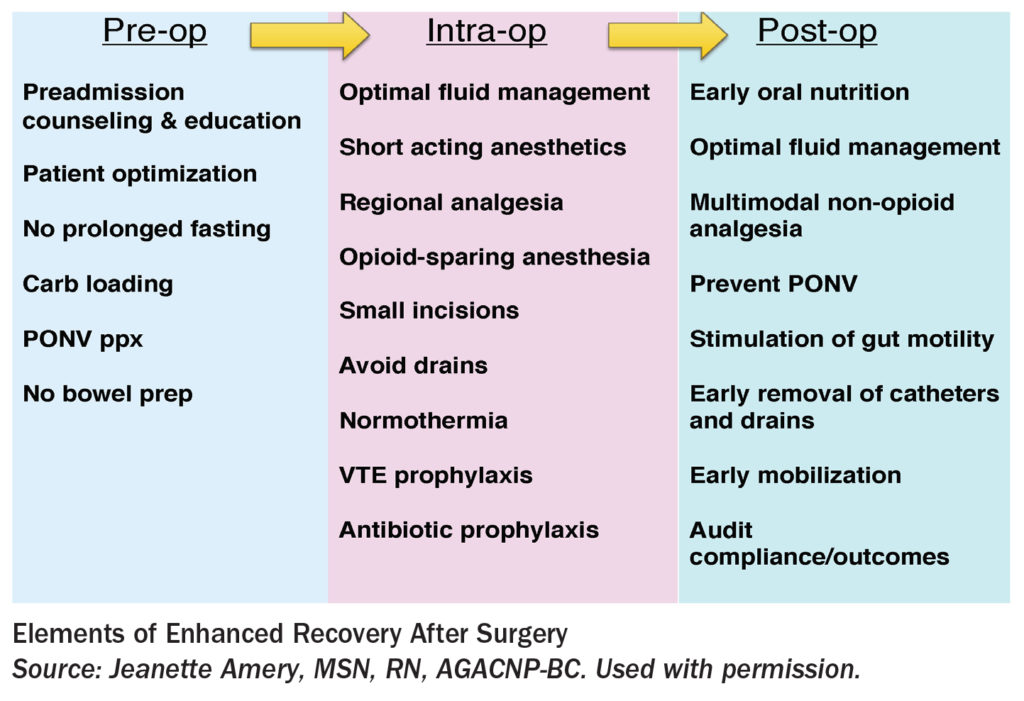Session: Crew Incentives: 3 Guiding Principles to Leverage Value Analysis Teams

Editor's Note Jasmine Hampton-Nicholson MSN, RN, CNOR, learned the value of a value analysis team (VAT) the hard way. “I thought that we had a very solid process for our value analysis team,” said the VP of perioperative services at Temple University Health System in a presentation at 2025 OR…
Virtual care enhances perioperative efficiency

Eliminating physical distance as a barrier to communication makes it easier for caretakers to help not only their patients, but also one another. This is the promise of virtual care technology, which offers system-wide potential for providers facing growing demand for high-quality, cost-effective care. For perioperative leaders specifically, advantages of…
Blast from the past: Best practices for successful implementation of ERAS

Enhanced Recovery After Surgery (ERAS) represents a transformative approach in modern surgical care, emphasizing evidence-based, multidisciplinary protocols to optimize patient recovery. Spanning decades, ERAS has grown from a novel concept into a global standard for perioperative care, with benefits that include shorter hospital stays, fewer complications, and reduced healthcare costs.…
Collaborative leaders share strategies for gaining influence, building relationships

Takeaways Successful collaboration requires prioritizing teamwork and aligning new projects and ideas with the overarching goals of the organization. Strategies for making the case for a new project or initiative include establishing subject matter expertise, tailoring the message, and having a win-win mindset. The most influential leaders understand others’ perspectives…
Scaling standards from sterile processing department to clinic

Reforming instrument reprocessing practices does not always end with the main sterile processing department (SPD). Holding clinics to the same standard adds to the challenge, whether they are associated with hospitals or operate independently. Nonetheless, standardization is just as essential to maintaining efficiency and quality standards. Establishing and maintaining best…
State of the huddle: The barriers to and benefits of preop meetings

Complex problems do not always require complex solutions. Consider the surgical safety checklist. In 2020, more than a decade after the World Health Organization (WHO) started advocating that every hospital use the checklist, research from PSNET found that more than 90% of ORs in countries with a high human development…
Study: Surgeons cited for unprofessional behavior more frequently than other specialties

Editor's Note Surgeons are more likely to be reported for unprofessional behavior than any other category of physician, and pediatric specialists are least likely, according to a study published June 6 in Jama Network Open. Based on data from the Center for Patient and Professional Advocacy's Coworker Observation Reporting System…
Editorial: Perioperative leaders push teamwork, communication at 2024 AORN Expo

Left sniffling and sneezing after a whirlwind 4 days at my first AORN Global Surgical Conference and Expo in Nashville, Tennessee, I had more on my mind than whether the term “conference-acquired infection (CAI)” was officially part of the medical nomenclature, much less whether any studies had been done. I…
A look back: 10 years of staffing data show scope of challenges for OR leaders

Takeaways The COVID-19 pandemic exacerbated staffing problems, and although some parameters have improved, challenges remain. Surgical volume took a sharp drop during the pandemic but is now rebounding. Over the years, the gap in difficulty between recruiting RNs and recruiting STs has narrowed. Last month, OR Manager looked back on…
Session: Strategy to reduce temporary labor expense
Editor's Note “How many of you are still struggling with staffing?” Tammy Straub, MSN, RN, APRN, CNOR, administrator of perioperative services at Lehigh Valley Hospital and Health Network, asked attendees of this session. Everyone in the room raised their hands. Straub and Alexandre Warman, MBA, CEBA, administrator of perioperative business…

 Free Daily News
Free Daily News